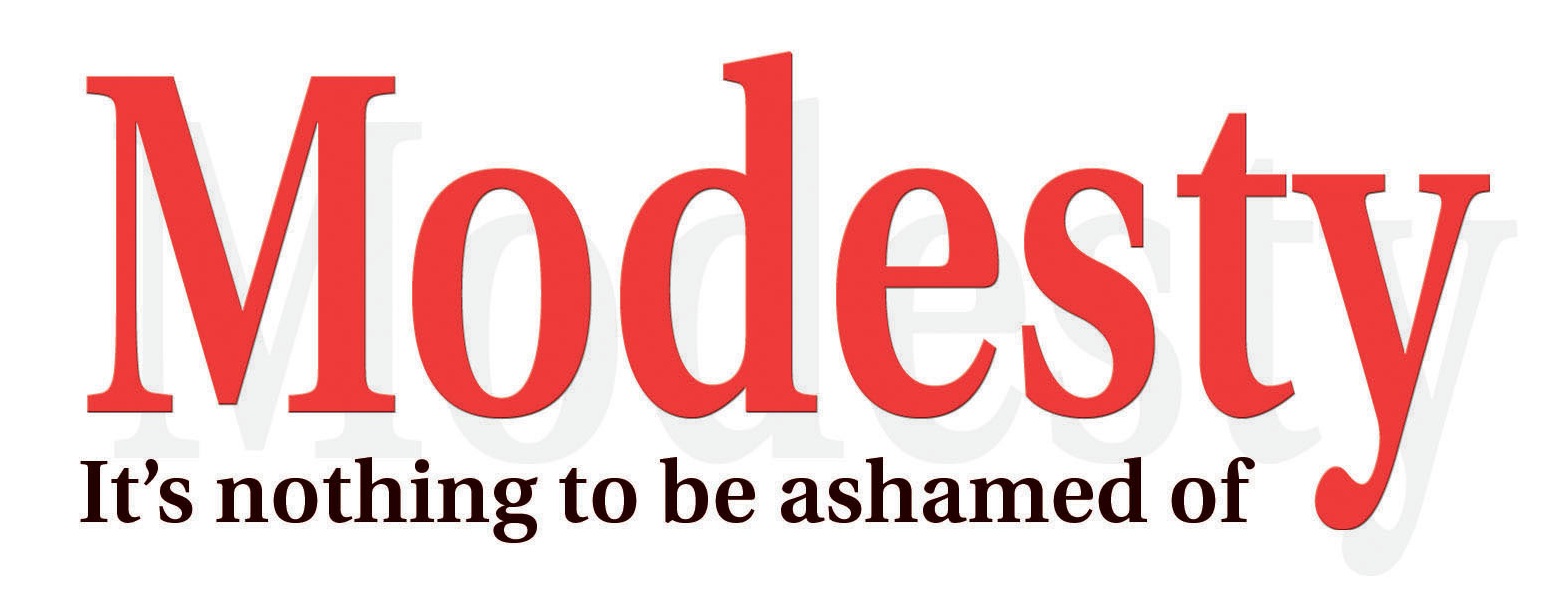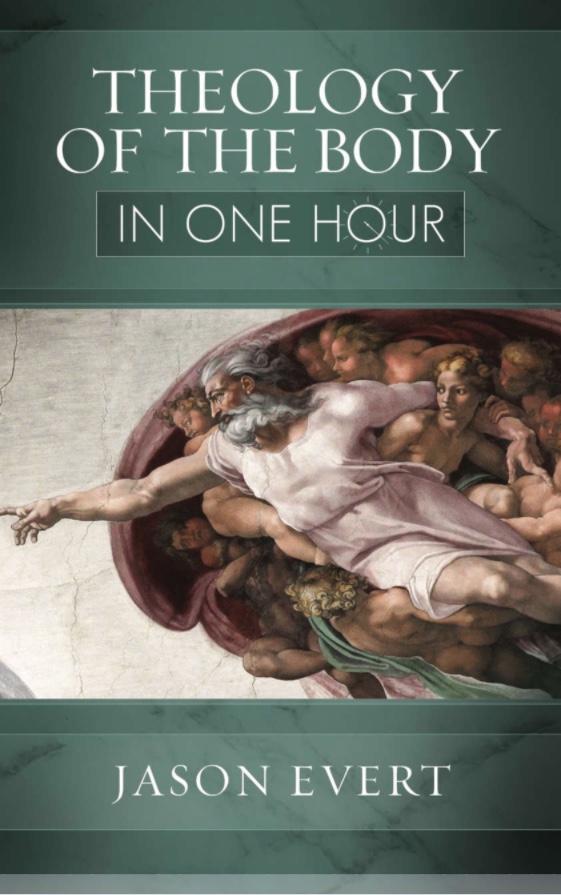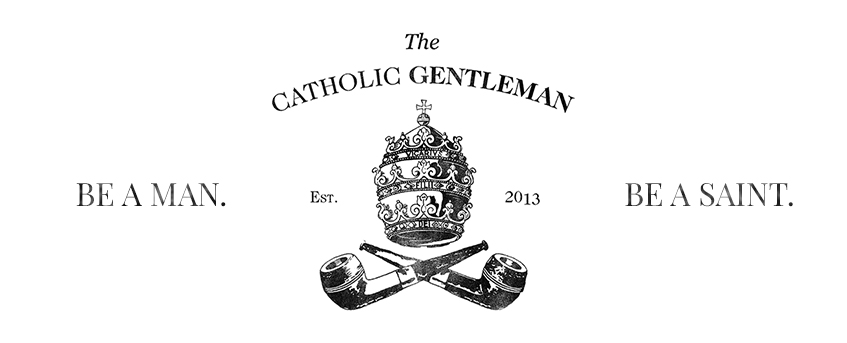
For freedom Christ set us free; so stand firm and do not submit again to the yoke of slavery (of sin) (Gal 5:1)
On Mother’s Day, honoring those women who gave us our bodies, the vehicles of our lives and our respective resurrections unto eternity, it seems appropriate to reflect on the miraculous gift of the body. Modesty makes beauty. Modest is hottest. Otherwise, what is there to look forward to, where is wonder, where is mystery, if all is thrust in your face, pushed up your nose immediately, or in a repulsive way? Meaning to shock others can never be understood as an intentional polite first impression, nor for subsequent encounters. Dissing others, I thought, was to be avoided? In the Christian mind, it is never about ourselves, whatever the matter. It is always about others. Immodesty is a form of rudeness, provocation. It cannot be understood otherwise. Immodesty is neither flattering to men nor to women, nor to God, nor if honestly answered, such rudeness is truly never desired by any of them.
from http://patrickmadrid.com/wpcontent/uploads/2011/10/bodyart.pdf
– by the Rev. Mr. Robert S. Lukosh, Deacon, Archdiocese of Portland, Oregon.
“Every day across the United States — indeed, throughout the world — men and women, boys and girls, get themselves tattooed and pierced. And not just their ears. They are participating in the modern fad of “body art,” which has its origins in antiquity, but which in recent decades as developed into some extreme forms1 that are often quite disturbing.
The intentional marking or mutilation of the human body under the guise of “body art” goes beyond simple tattoos or ear-piercing as adornment for women. For many, it is a personal expression of solidarity with a social cause, a trend that attracts predominately young people, driving them to ever wilder and more shocking expressions of what some term “personal mutilation” that includes: total-body tattoos, pierced eyelids, lips, noses, tongues, foreheads, and even disfigurement of the genitalia, in a never-ending quest for the most “outrageous” form of self-expression through what is commonly known as “body art.”
These forms of personal exhibition have spread rapidly throughout contemporary Western society, resulting in a secondary wave of participants… are disfiguring their own bodies irrevocably, claiming as their justification “personal freedom” and a right to unlimited self-expression.
In earlier generations, garish tattoos and unusual piercings were found almost exclusively only among members of social groups and subcultures that lurked at the fringes of mainstream society. Look around today and you will see a massive number of people — especially young people — who have become enamored of extreme tattoos and unusual piercings. This modern fad of body art permeates American society, affecting virtually every industry, age group, race, sex, and religion. Since many of these people occupy leadership and mentoring roles in the lives of children and young adults, such overt displays have an additional rebound effect by providing tacit justification sufficient to overcome the doubts of those who are unsure if they want to dabble in the body art fad themselves, resulting in yet a third generation of pierced and tattooed bodies.
Although this increasing tendency to radically disfigure oneself seems, from a personal and subjective perspective, to be a willful distortion of what John Paul II calls in Veritatis Splendor2 the “truth about man as a creature and the image of God,” it is insufficient and unwise to let popular opinion alone determine the moral value of the modern phenomenon of “body art.”
To properly understand the moral character of extreme “body art” and recognize the implications it holds for Catholic family life and for society as a whole, it’s first necessary to explore the nature of the act in the eyes of its supporters. Then one can better evaluate it, based on Scripture and Tradition and the teachings of the Catholic Church.3
Assisted by Divine Revelation, the guidance of the Church established by Christ, and our own gift of reason, we are called by God to be public witnesses to the supreme truth about man and his vocation to holiness, which is rooted in the dignity of the human person. This witness, through the power of the Holy Spirit, has the ability to enlighten others so that they may formulate “judgments according to reason, in conformity with the true good willed by the Creator” (CCC 1783), regarding complicated moral issues, such as body art. By consciously choosing, and encouraging others to choose, to exercise this genuine freedom as “an outstanding manifestation of the divine image in man,”4 men and women will find their true identity in Christ, “so that God may be all in all” (1 Cor. 15:28).
Jump off a bridge?
“But, people have always done it.” Among the first justifications cited by supporters of the body art movement is the appeal to historical evidence. The “people-have-always-done-it” argument does, of course, contain an element of truth. One need not search far amid the records of ancient civilizations to find ample evidence of a nearly universal acceptance of body adornment by paint, jewelry, and body modifications including piercing, stretching of the lips, neck, and ears, and, of course, tattoos.
These body art practices in ancient cultures often provides archaeologists and anthropologists with important clues distinguishing various social strata within a society. This is applicable today in the study of primitive societies still extant today in remote regions of the globe. In Art in Primitive Societies,5 Richard L. Anderson explains that, from cave dwellers to ancient Egyptians, the early Han people of China to Native Americans, a wide body of evidence exists showing that primitive humans consistently adorned themselves as part of their life in community.
“Since we have these promises, beloved, let us cleanse ourselves from every defilement of body & spirit, and make holiness perfect in the fear of God.”-2 Cor. 7:1
Anderson writes that although scholars disagree as to the particular range of motives and meanings surrounding such primal body art (differing in their specifics from culture to culture), certain commonalities and trends can be discerned in the body art customs of primitive cultures. Self-mutilation in antiquity was usually, though not always, practiced as an act of devotion to or repudiation of a god or elemental power (e.g., the sun). Another striking pattern revealed by anthropological research is that body art usually tends to be observed in primitive, not advanced, societies (whether in antiquity or today).
Anderson points out that even in modern times, those cultures actively participating on a wide scale in radical body art (e.g., self-mutilation) tend to be developmentally stagnant and isolated from the industrialized world.6 Anderson says that those peoples who have intentionally bridged the gap between ancient and modern customs and rituals often experience a certain “acculturation” on the economic, social, cultural, and artistic levels, largely emptying body art of its former religious, educational and aesthetic content.7
Thus, in appealing to the historical evidence, modern supporters of radical body art (e.g., piercing and tattoos) must either admit the religious and antiquated nature of their practice, or they must confirm it as an essentially arbitrary appropriation of external expression that is largely foreign to modern society.
“The Church Has No Business Telling Me What I Can Do With My Own Body!”
A second common argument employed by proponents of the body art movement is that the Church should mind its own business and stop telling people what they can do with their own bodies and in the privacy of their own bedrooms, etc. This attitude, in addition to exhibiting a profound ignorance of the role of the Church in our life, is a kind of self-righteous, defiant demand for an “autonomy,” which is misunderstood to be mere freedom from coercion, rather than authentic freedom to choose objective truth and do what is good.8 see Freedom for Excellence.
Particularly in America, this argument, at least at first glance, seems justifiable given the intense popular aversion to authority and the general hostility that reigns toward the notion of there being an “absolute, objective truth” by which everyone is obligated to live. Ironically, it’s precisely because of this insistence on supremacy of personal authority and moral relativism that the Church must tirelessly remind all people to realize the efficacy of CHRIST as “the voice of the truth about good and evil,” as He is “the only one who can answer in the fullness of truth, in all situations, in the most varied of circumstances.”9 In the words of the Second Vatican Council, the Church “cannot cease from reproving . . . those harmful teachings and ways of acting which are in conflict with reason and with common human experience, and which cast man down from the noble state to which he is born (in Christ).”10
When the Council Fathers recoil against all forms of mutilation per se, whether self-afflicted or imposed on others, it’s because such acts “violate the integrity of the human person” and “poison human society” through intentional violation of the moral law as given by the Creator and accessible through reason and Revelation.11 This supreme respect for bodily integrity must, in the case of personal adornment, be balanced against the honor given various forms of art as “distinctively human form of expression” which, “when inspired by truth and love of beings . . . bears a certain likeness to God’s activity in what he has created.” 12 One of the direct by-products of many — if not most — forms of modern body art is vanity: an inordinate self-love related to the sin of pride. This is one reason why the Church warns us against the incipient moral danger associated with extreme forms of body art.
“Do you not know that your body is a temple of the Holy Spirit within you, which you have from God?” -1 Corinthians 6:9-20
And there is another issue to consider. While a good intention cannot make an evil act good, bad intention can render a good or neutral act evil. When confronted with this self-evident principle, some people attempt to justify personal mutilation with various relativistic theories that distort morality, such as “proportionalism,” “physicalism,” and the so-called “fundamental option” theory.
According to the first theory, overall good and bad effects of mutilation on the individual and society must be weighed or proportioned to determine if the act is itself good or evil, regardless of the intrinsic evil the act represents. This denies the possibility of objective evil and, as Pope John Paul II wrote in Veritatis Splendor, it supports an “end justifies the means” mentality contrary to reason and Revelation. The second theory denies the very nature of the human person by suggesting that bodily mutilation isn’t integrally determinative of personal morality, in a manner reminiscent of ancient gnosticism (i.e. basic dualism, “matter is evil”, not the creation God called “good”, makes God a liar) This approach regards the body as a mere object, devoid of any intrinsic meaning of its own (cannot be overstated, the body, in Catholic theology, and all created matter is good, because God created it, and called it “good”, it therefore is intrinsically good, full of intrinsic meaning, the Catholic Church wants you to have AWESOME sex!) and dissociates “the moral act from the bodily dimensions of its exercise” contrary to the fundamental unity of the human person.13 (The heresy here is that there is no moral implication to the use, misuse, or abuse to the body = heresy. How the intrinsically good body is used through free will ALWAYS has tremendous moral implications! And, ALWAYS will!!)
The final distortion, the “fundamental option” theory, holds that so long as a person’s “inner core” is oriented toward the good and true, specific and particular acts, such as body art involving personal mutilation, would be incapable of materially changing that “fundamental option.” In other words, if you’re basically a “good person” who usually chooses to do what is right, if you happen to do something sinful, it’s not in itself an enough to cause you to be seriously estranged from God. Why? Because you’re “basically a good person.”
The error here, as Pope John Paul II clearly explains in Veritatis Splendor, is in thinking that no particular immoral act can affect your core being, i.e., your “substantial integrity [and] personal unity,” as the Pope described it. Thus, while the Magisterium of the Catholic Church has continually and consistently taught that all people are bound through genuine freedom to follow the judgment of conscience in determining their actions,14 this directive must be viewed in light of accurate understanding of both freedom and conscience. The freedom referred to here is the authentic freedom of an individual exercising personal free will and political autonomy that is oriented toward the good of all, as “an outstanding manifestation of the divine image in man.”15
Body art as a form of adornment that is ordered to the ultimate good of the person and to humanity, if it observes modesty and avoids vanity, and if it respects the fundamental integrity of the human person — including the integrity of the body — that kind of body art can be morally permissible. But this is quite distinct from personal mutilation that many of today’s extreme tattoos and piercings entail.
For Christians, the guideline we should follow is aptly expressed in Sacred Scripture: “Your adornment should not be an external one . . . but rather the hidden character of the heart . . . which is precious in the sight of God” (1 Peter 3:3-4). To apply this principle is to build up the Body of Christ, so that all people may “grow up in every way into Him who is the head, Christ” (Eph. 4:15). And in applying it, we can discern between harmful (and even sinful) forms of body art versus acceptable and morally neutral forms. Never forget what St. Paul had to say about the sacredness of your body: “Shun immorality. Every other sin which a man commits is outside the body; but the immoral man sins against his own body. Do you not know that your body is a temple of the Holy Spirit within you, which you have from God? You are not your own; you were bought with a price. So glorify God in your body”-1 Corinthians 6:9-20.
“May the God of peace Himself sanctify you wholly; and may your spirit & soul & body be kept sound & blameless at the coming of our Lord Jesus Christ.”
-I Thess: 5:23
“Therefore, as God’s chosen people, holy and dearly loved, clothe yourselves with compassion, kindness, humility, gentleness and patience…And over all these virtues put on love, which binds them all together in perfect unity.” -Col 3:12, 14
Love,
Matthew
1 As opposed to what has long been considered to be socially acceptable, non-extreme, forms of adornment such as women’s pierced ears, military tattoos, etc.
2 Available electronically in English and other languages at the Vatican
Web site: www.vatican.va/holy_father/john_paul_ii/encyclicals/documents/hf_jp-ii_enc_06081993_veritatis-splendor_en.html.
3 I.e., the authoritative guidelines for the morality of human actions,
intended for reflection, instruction, correction and “training in righteousness”
(c.f. 2 Timothy 3:16).
4 Veritatis Splendor, 34.
5 Art in Primitive Societies(Englewood Cliffs, N.J.: Prentice-Hall,
1979). 36-37.
6 Ibid., 165.
7 C.f., ibid., 180.
8 C.f., Pope John Paul II, Veritatis Splendor, 32.
9 Ibid., 117.
10 Austin Flannery, ed., Vatican Council II: The Conciliar and Post
Conciliar Documents; (Collegeville, IN: The Liturgical Press, 1992),
volume 1; Gaudiumet Spes, 21.
11 Ibid., 27.
12 CCC 250.
13 Veritatis Splendor, 49.
14 C.f. Patrick Madrid, “Follow Your Conscience,” Does the Bible Really
say That? Discovering Catholic Teaching in Scripture (Cincinnati :
Servant Books, 2006), pages 82-85.
15 Veritatis Splendor, 34.




















